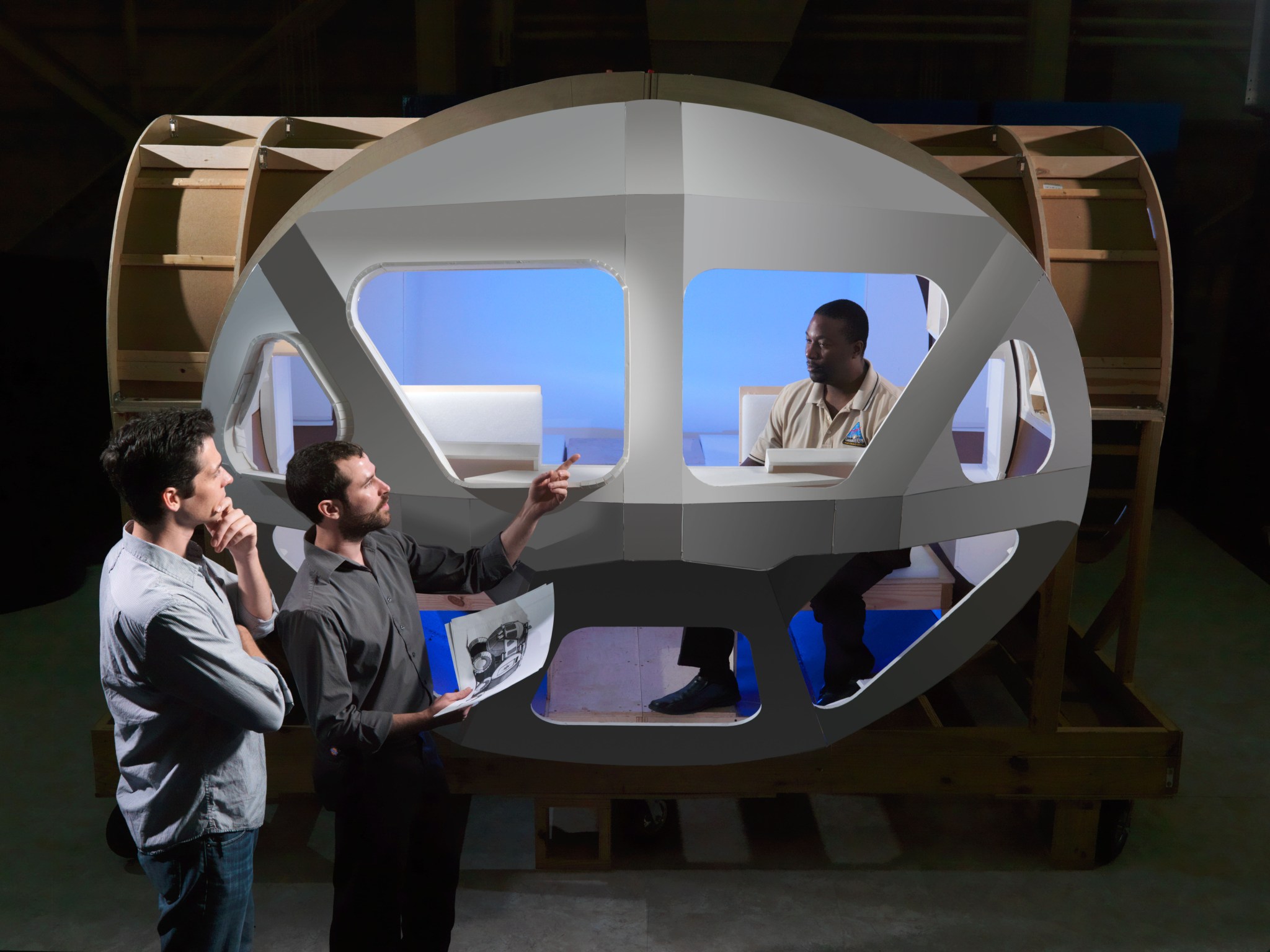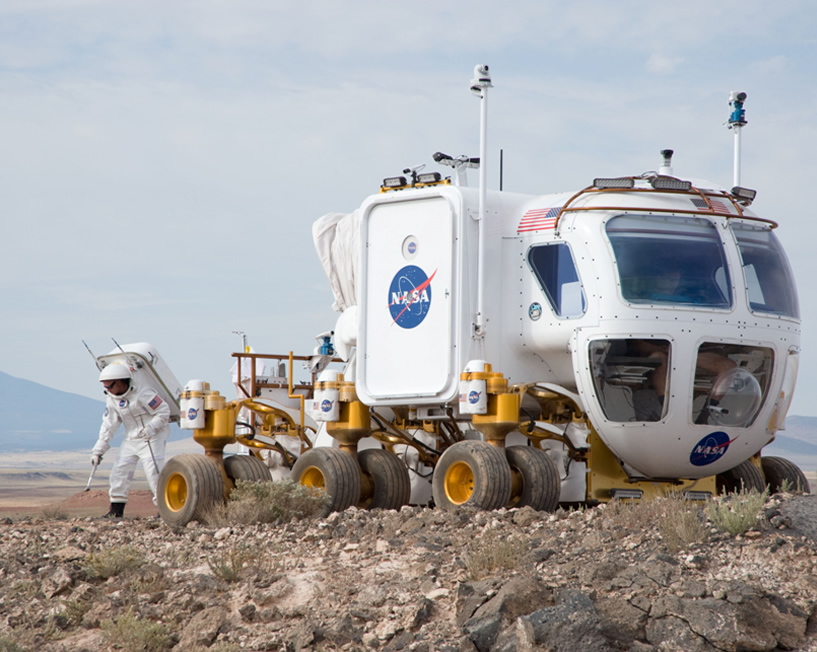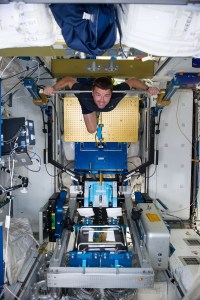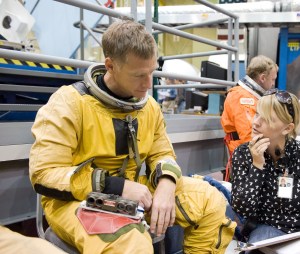Designing with the Human in Mind
Experts in habitability design focus on human factors as a design tool to develop products, systems, and architecture for space. The Human Health and Performance Directorate’s (HH&P) lead habitability team is comprised of professionals with direct knowledge in human-centered design, industrial design, architecture, aerospace engineering, industrial engineering, and systems engineering. This team uses advanced spacecraft concepts, rapid prototyping, and mockup fabrication techniques to solve the unique challenges of living and working in extreme environments.
Fun Fact: Proper human-centered layout of a spacecraft volume is just as important as the magnitude of volume.

NASA
Advancing from Idea to Blueprint to Full-Sized Mockup
The Center for Design and Space Architecture (CDSA) is NASA’s conceptual, human-centered design studio. The CDSA provides customers with advanced concepts for habitats and spacecraft interiors while keeping the needs of the human first and foremost. Using an iterative process, the team matures an idea through increasing levels of fidelity with concept sketches, CAD models, scaled prototypes, Virtual Reality, and full-size mockup fabrication. This process allows for stakeholders to provide feedback early in the design process and to gather critical usability assessments.
Building a Better Seat, Windowshade, or Rover Cockpit
The CDSA was an integral partner in the design of a vast number of products ranging from dining tables for the ISS to ergonomic seats for the Orion and the Pressurized Rover (PR). Leveraging their expertise in human factors, CDSA designers are often called upon to evaluate hardware to improve usability. Typical design questions include, can an astronaut easily reach all the critical controls if they are in casual clothing or fully suited? How can a seat be designed to conform to an astronaut regardless of their height and body size? What changes in internal architecture are required for habitable environments on the lunar surface versus in microgravity? Addressing these challenges early on in the design phase speeds development and often results in a better product. The CDSA team is often called upon to help oversee field tests of vehicle prototypes as they are evaluated in analogs like the Desert Research and Technology Studies (RATS). The CDSA has also played key roles in the design and construction of mockup habitats onsite at JSC, including the Human Exploration Research Analog (HERA), the 20 Foot Chamber Exploration Atmospheres habitat, and the Crew Health And Performance Exploration Analog (CHAPEA) habitat.
Points of Contact
Robert Howard, Ph.D.
Maijinn Chen
Brett Montoya



































